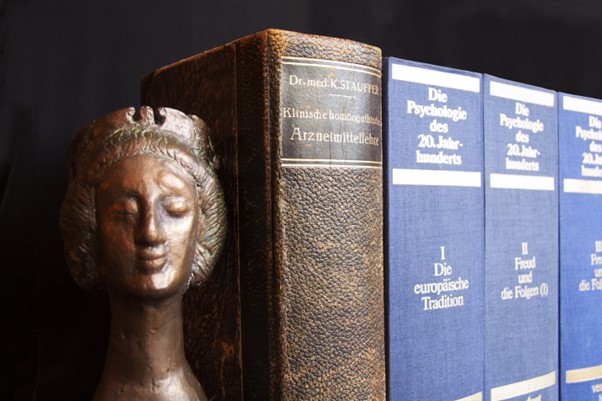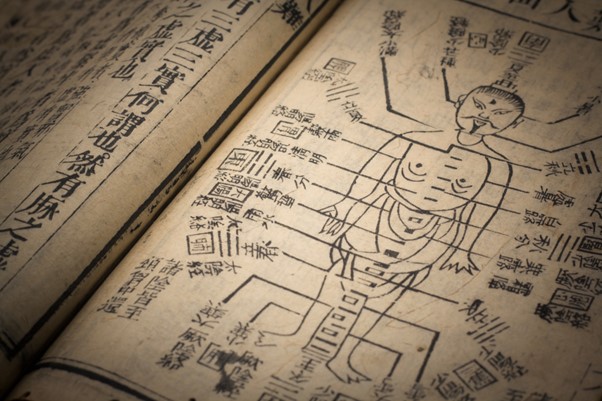The Evolution of Medical Treatment for Anxiety Through Time

1. Ancient Origins: Early Understanding of Anxiety
Anxiety has been recognized and documented since ancient times. Greek and Roman physicians, including Hippocrates and Galen, distinguished anxiety from other emotional states, often attributing it to an imbalance of bodily humors. Treatments during this period were rudimentary, involving herbal remedies, dietary changes, and various physical therapies. Hippocrates, known as the “Father of Medicine,” believed that anxiety and other mental disorders were caused by an imbalance of the four bodily fluids or humors: blood, phlegm, black bile, and yellow bile [1].
2. The Middle Ages to the Renaissance: Religious and Philosophical Approaches
During the Middle Ages, anxiety was often seen through a religious lens and attributed to spiritual or moral failings. Treatments included exorcisms, prayer, and other religious rituals. The Renaissance, however, brought a resurgence of interest in classical philosophy and a more holistic view of mental health. This period saw a slow shift towards understanding anxiety as a medical issue rather than purely a spiritual one, although treatments remained largely ineffective and were often harsh, including bloodletting and purging.
3. 19th Century: The Birth of Modern Psychiatry
The 19th century marked significant advances in the understanding of mental health, driven by the establishment of psychiatry as a distinct medical field. Sigmund Freud’s psychoanalytic theory introduced the idea of anxiety as a psychological issue stemming from unconscious conflicts. Freud’s work laid the foundation for modern psychotherapy, with treatments beginning to include talk therapy and early forms of counseling. This era also saw the development of the first asylums, where various methods, some humane and others less so, were used to treat anxiety and other mental disorders [1].
4. 20th Century: The Rise of Psychopharmacology
1950s – Meprobamate
The introduction of meprobamate in the 1950s was a milestone in the pharmacological treatment of anxiety. Marketed under brand names like Miltown and Equanil, meprobamate was one of the first medications to provide a sedative effect, helping to alleviate symptoms of anxiety. Its popularity marked the beginning of widespread pharmaceutical intervention for mental health issues [3].
1960s to 1980s – Benzodiazepines
The development of benzodiazepines, such as diazepam (Valium) and chlordiazepoxide (Librium), revolutionized anxiety treatment. These drugs offered effective symptom relief with fewer side effects compared to earlier sedatives. Benzodiazepines became the standard treatment for anxiety, providing quick relief of acute symptoms. However, concerns about dependency and side effects have led to more cautious use over time [3].
5. Late 20th Century: Cognitive-Behavioral Therapy (CBT)
The latter half of the 20th century saw the rise of Cognitive-Behavioral Therapy (CBT), pioneered by psychologists like Aaron Beck and Albert Ellis. CBT focuses on changing maladaptive thought patterns to reduce anxiety and improve emotional regulation. It has become a cornerstone in treating anxiety disorders, often used in conjunction with medication. CBT’s structured, short-term approach makes it accessible and effective for many patients [2].
6. 21st Century: Integrated and Personalized Approaches
Today, anxiety treatment is highly personalized, often combining medication, therapy, lifestyle changes, and alternative treatments like mindfulness, yoga, and meditation. Selective Serotonin Reuptake Inhibitors (SSRIs) are commonly prescribed to address chemical imbalances in the brain, providing long-term relief for many individuals. Treatments now consider the whole person, incorporating physical, emotional, and psychological health. Despite these advances, barriers to treatment remain, with many individuals still not receiving adequate care due to stigma, lack of access, or socioeconomic factors [5, 6].
Conclusion
The treatment of anxiety has evolved significantly over the centuries, from ancient herbal remedies to sophisticated modern therapies and medications. This evolution reflects broader changes in medical science, societal attitudes, and technological advancements. Understanding this history highlights the progress made and underscores the ongoing need for accessible, effective treatment options for all individuals suffering from anxiety.
🌐 Sources
- ncbi.nlm.nih.gov – A history of anxiety: from Hippocrates to DSM
- ncbi.nlm.nih.gov – Current Diagnosis and Treatment of Anxiety Disorders
- journals.sagepub.com – Listening to the Past: History, Psychiatry, and Anxiety
- psychcentral.com – The History of Anxiety: Treatment, Medication, Diagnosis
- ncbi.nlm.nih.gov – Evolutionary aspects of anxiety disorders
- focus.psychiatryonline.org – Pharmacotherapy of Anxiety Disorders: Current and Emerging








Responses